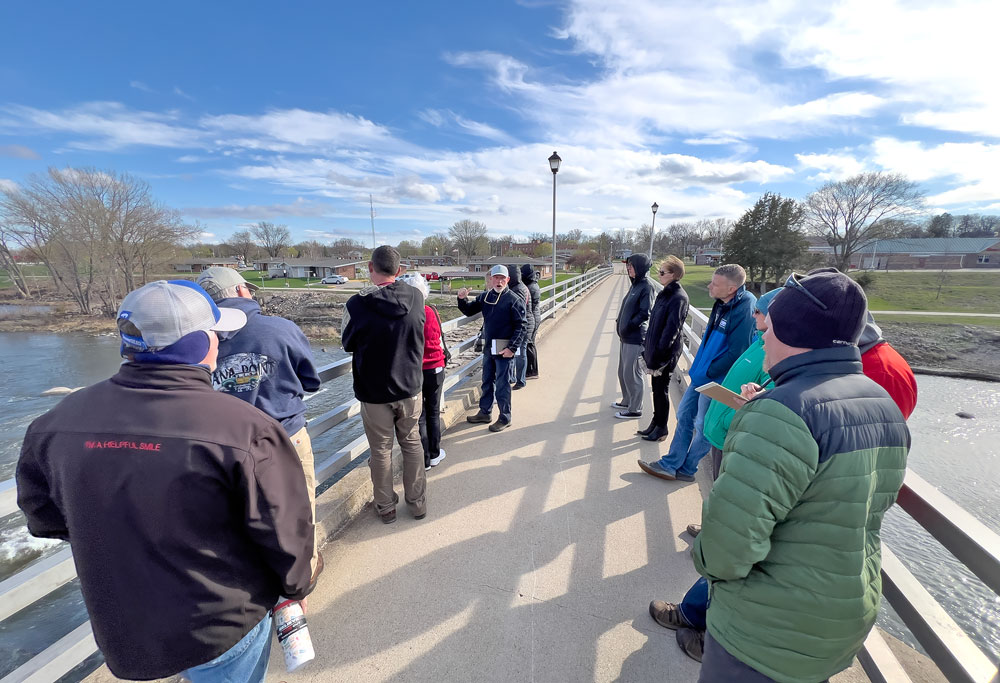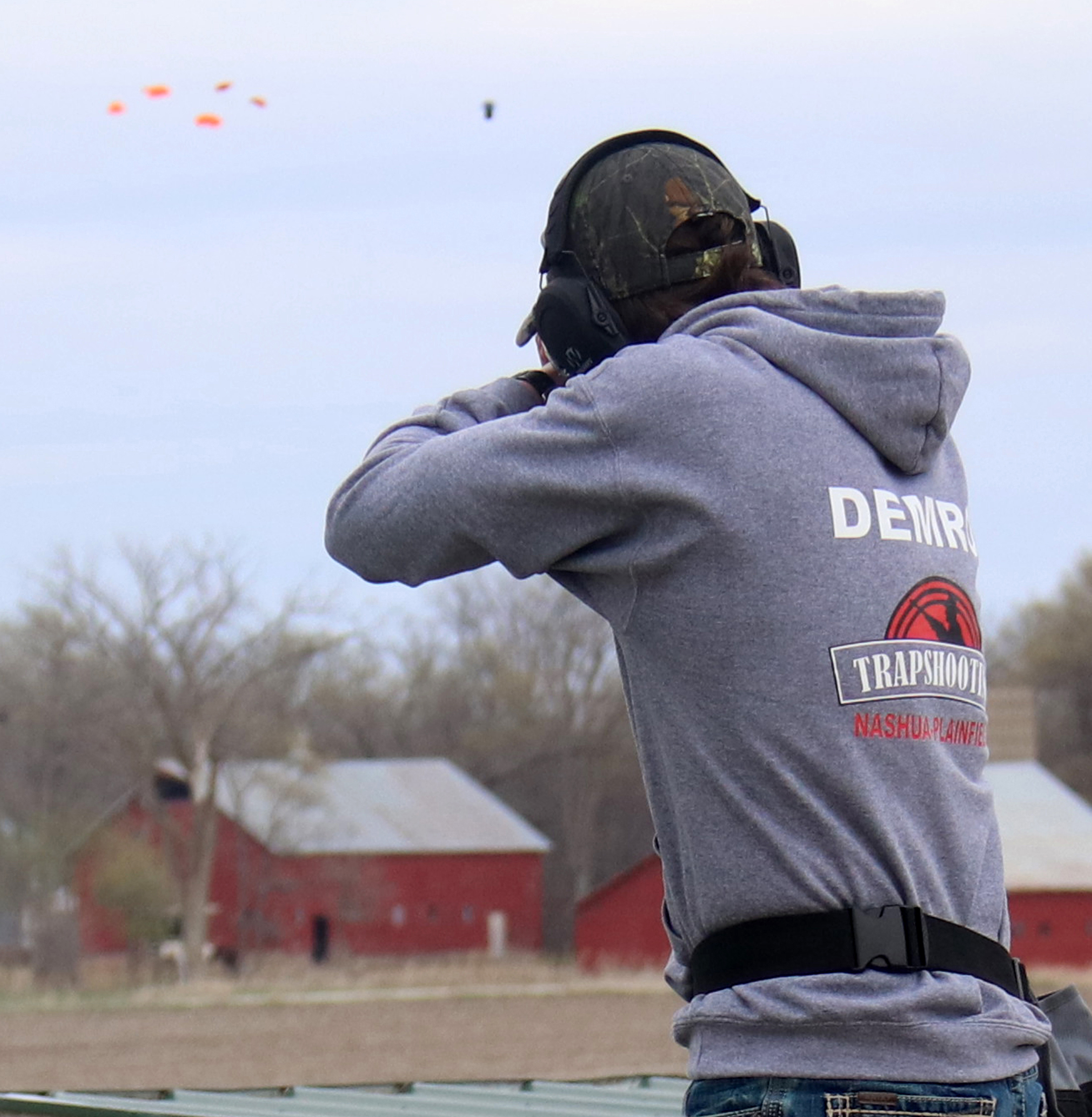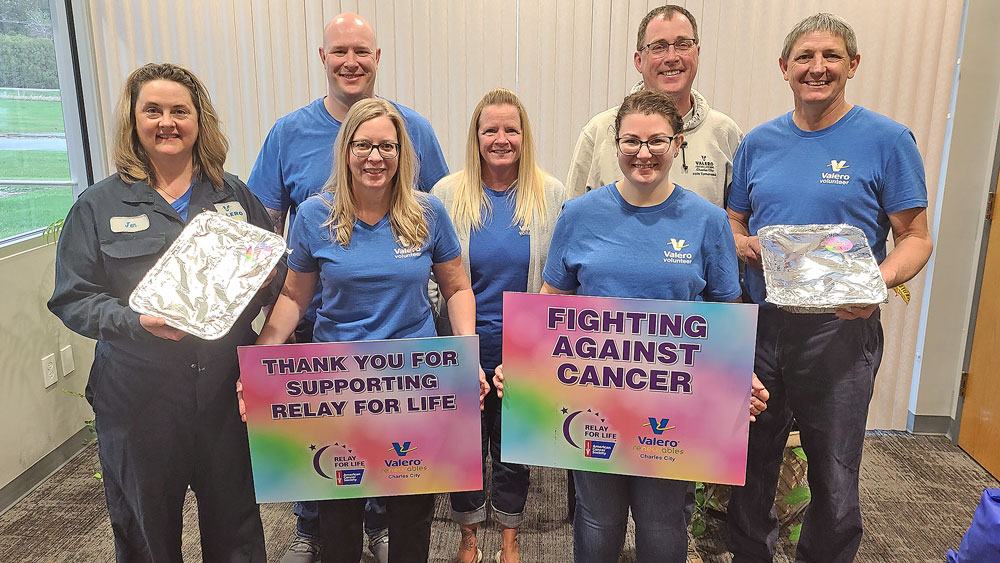Iowa birding history begins in Charles City
Night bird survey details health of nocturnal bird populations
By Amie Johansen amie@charlescitypress.com
 In 1863 Dr. Henry Smith Williams was born in Illinois. Son of a doctor, Williams moved with his family when he was a young boy. The Williams family moved to the quaint town of Charles City, Iowa.
In 1863 Dr. Henry Smith Williams was born in Illinois. Son of a doctor, Williams moved with his family when he was a young boy. The Williams family moved to the quaint town of Charles City, Iowa.
According to an unpublished autobiography of the Williams family — “We Three: Henry, Eddie and Me” written by Williams’ sister Harriet — the family built their Charles City home on Blunt Street, near the river. Williams took on a strong fascination of the area’s birdlife. Williams also had a keen eye for art and beauty which he used to illustrate his avian observations. While a teenager, Williams began classifying the birds he saw and was able to complete a full catalogue of all of the birds of Iowa by the time he was 13 years old, his sister wrote. She also claimed by the time Williams was 15 years old he had drawn or painted most of the birds of Iowa. As Williams grew into manhood, he became a doctor and eventually settled along the east coast where he continued his love of studying birds.
Though, no longer in Iowa, Iowans continue to share a fascination for our feathered species. Now in 2016, there are considerably more resources available to birders in understanding and observing area birds. Most recently, Iowa Department of Natural Resources Bird Biologist Bruce Ehresman conducted a night survey of Iowa’s birds. “Moon is the acronym: monitoring of owls and nightjars,” Ehresman said. “It’s been going on awhile.”
Though Moon is a common survey elsewhere, it is fairly new to Iowa. Ehresman has been in the process of testing the survey.
“I pick out 10 spots a mile apart,” he said. “It has to happen one week from a full moon (before or after).”
Since the survey takes place late in the evening, the survey relies heavily on auditory observations.
“The first six minutes you just listen,” Ehresman said. “Then you play a screech owl call…I actually had a screech owl respond.”
Being able to identify birds by their calls is necessary for the success of this survey.
“I had a barn owl respond…as far as the whippoorwills, holy mackerel, I heard up to 40,” Ehresman said.
The Moon survey helps the DNR get a better picture of the health of the nocturnal bird populations.
“Basically, we get an idea of what is going on with the species to find out what the trend is,” Ehresman said. In order for a trend to be established, the survey will need to be conducted annually for a series of years to collect enough data to develop a baseline.
Those interested in conducting their own Moon survey have a few days left to complete the survey and remain within the one week from a full moon time frame.







Social Share